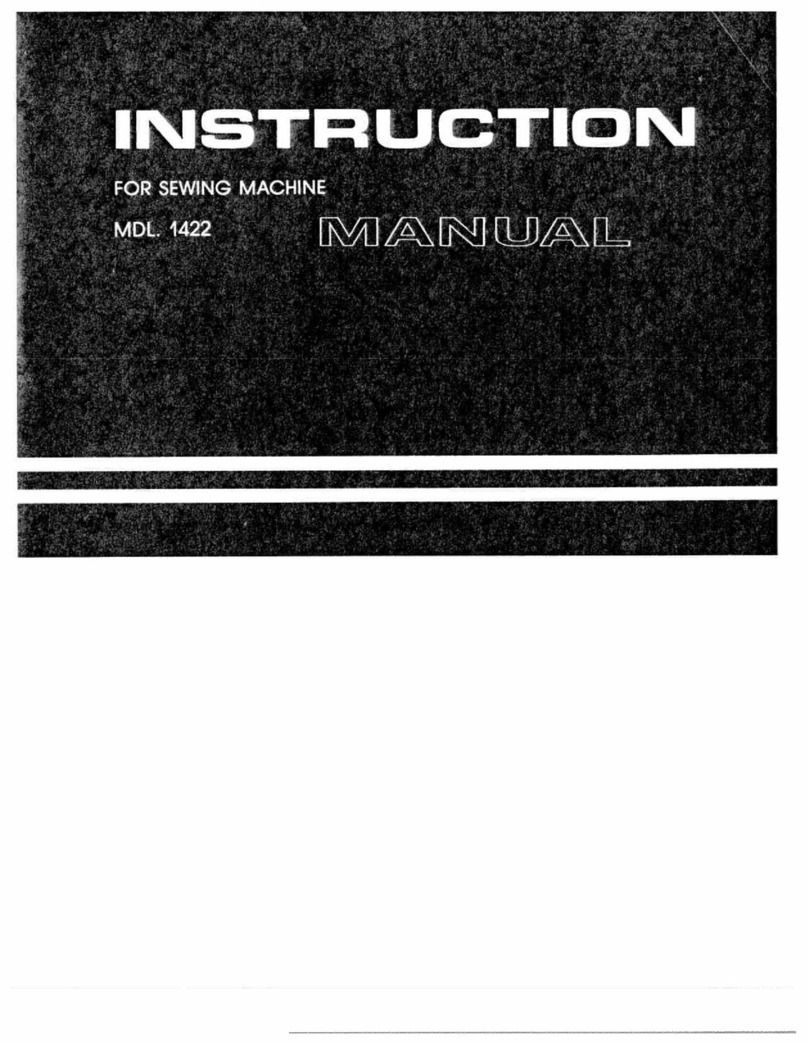Singer Centurion 121D200A User manual
Other Singer Sewing Machine manuals
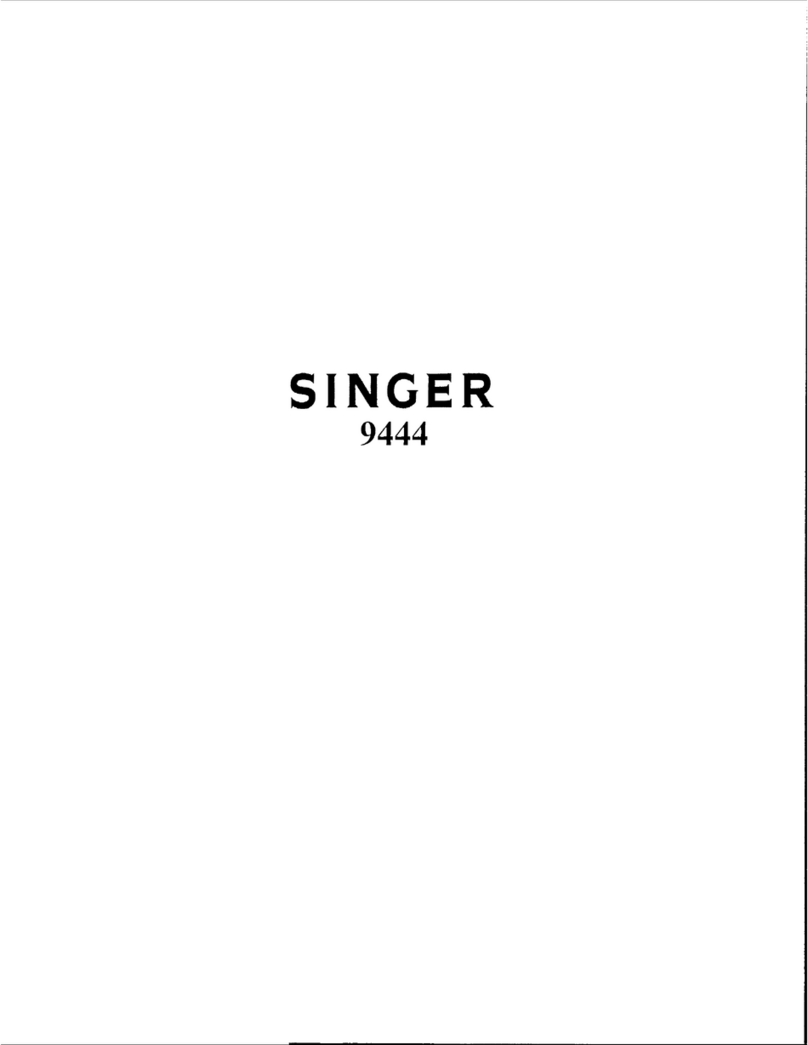
Singer
Singer 9444 User manual
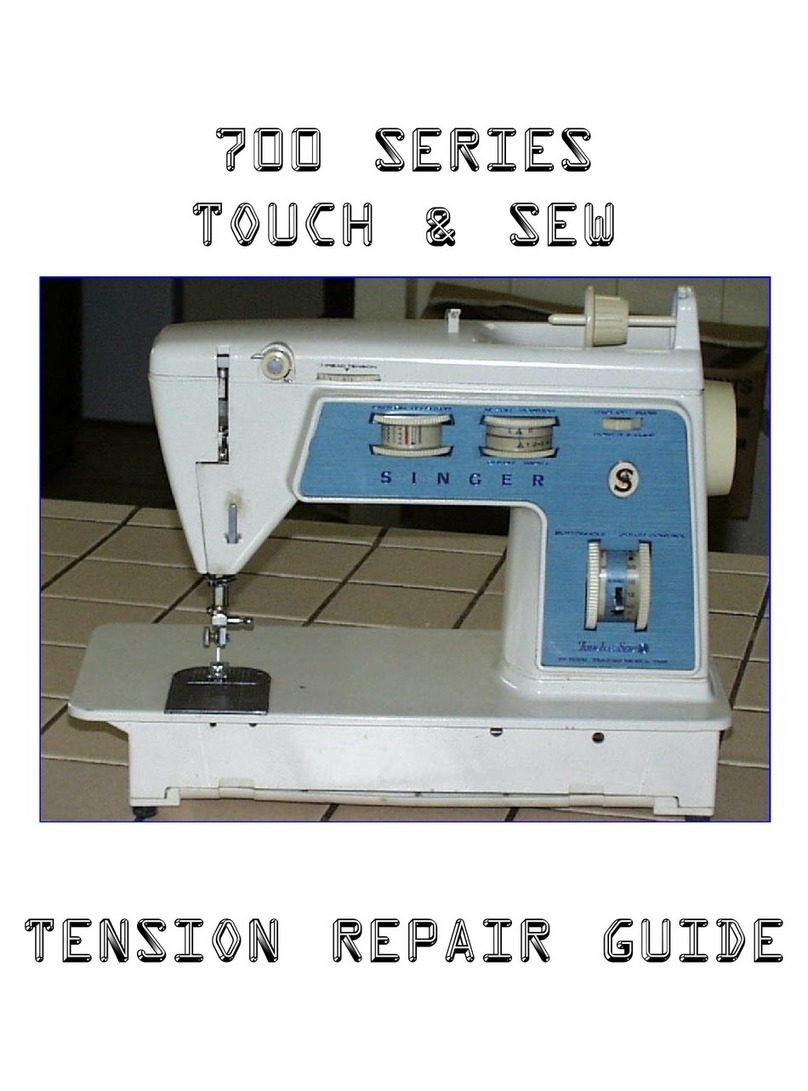
Singer
Singer 700 series Operating instructions
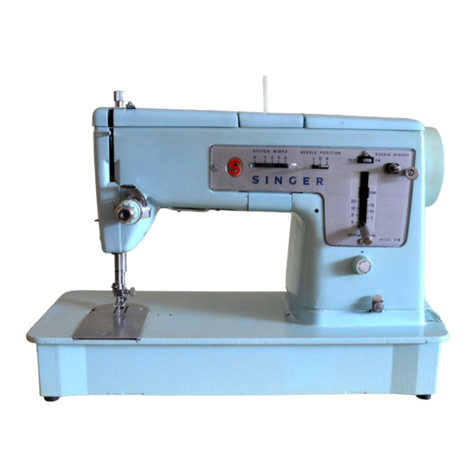
Singer
Singer 348K User manual
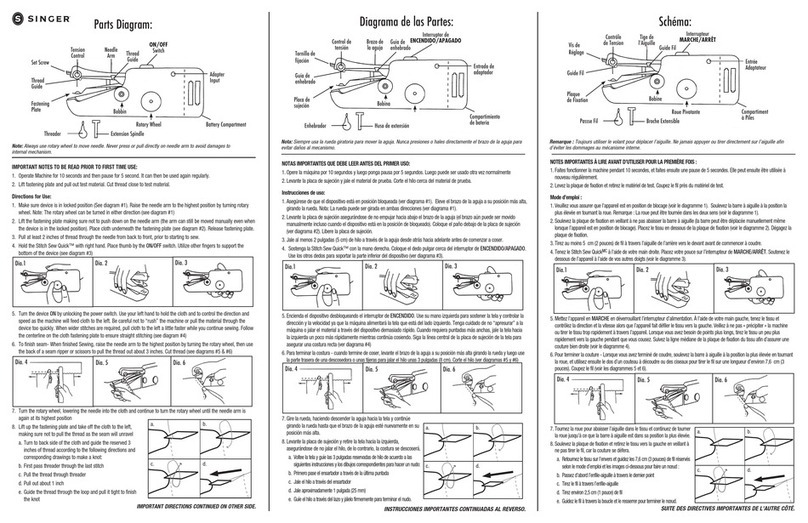
Singer
Singer Sew Quick 01663 User manual
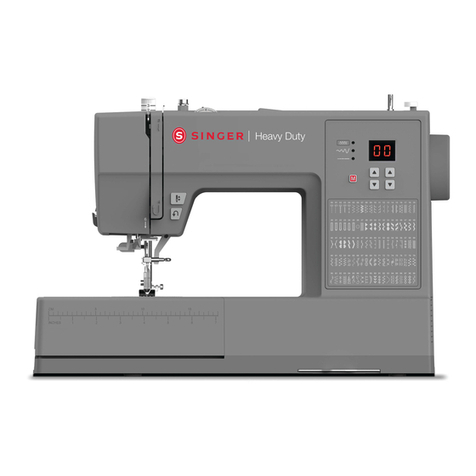
Singer
Singer HD 6600C User manual
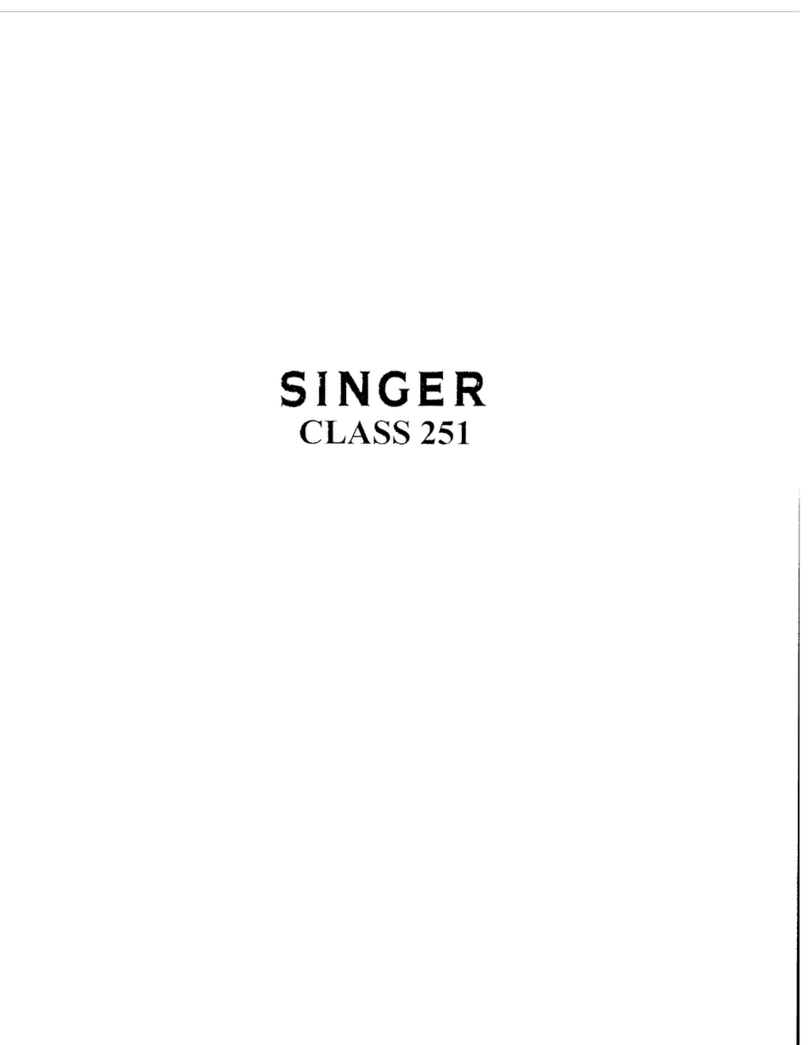
Singer
Singer 251 User manual

Singer
Singer 114-32 User manual
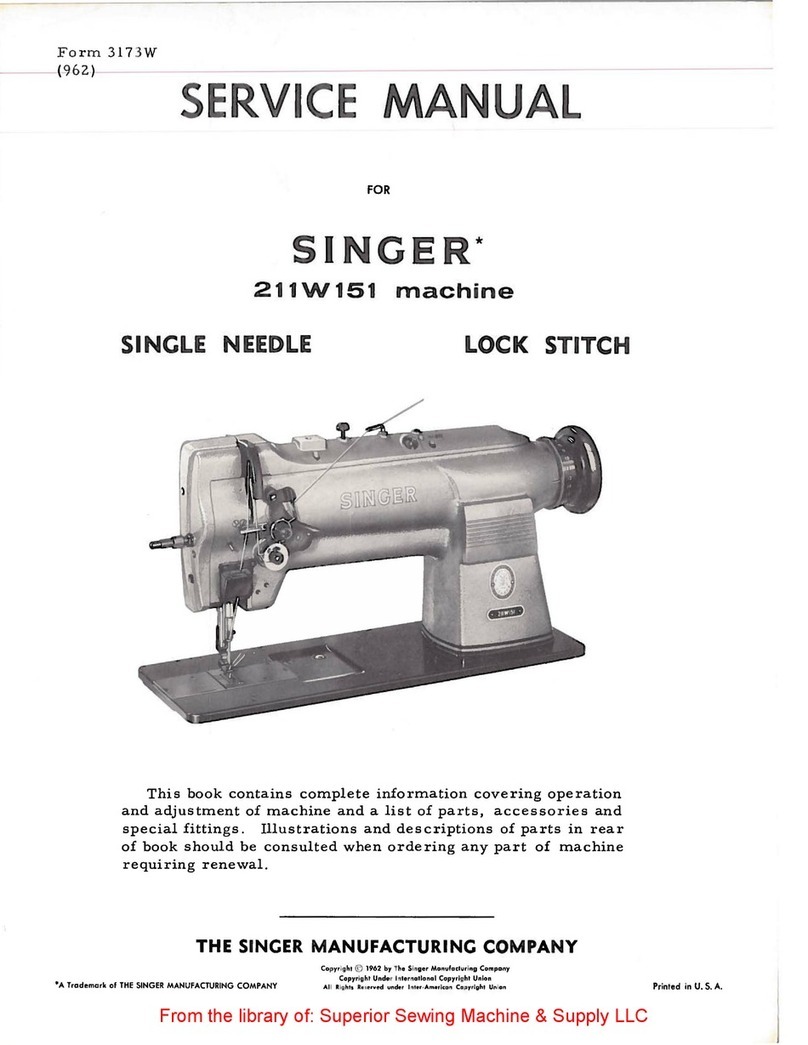
Singer
Singer 211W151 User manual
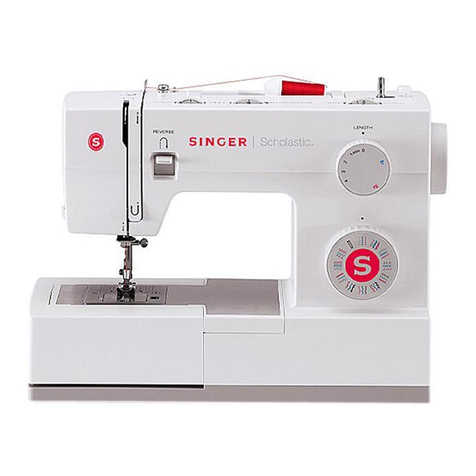
Singer
Singer Scholastic 85SCH User manual

Singer
Singer 119W2 Quick start guide

Singer
Singer 185 User manual
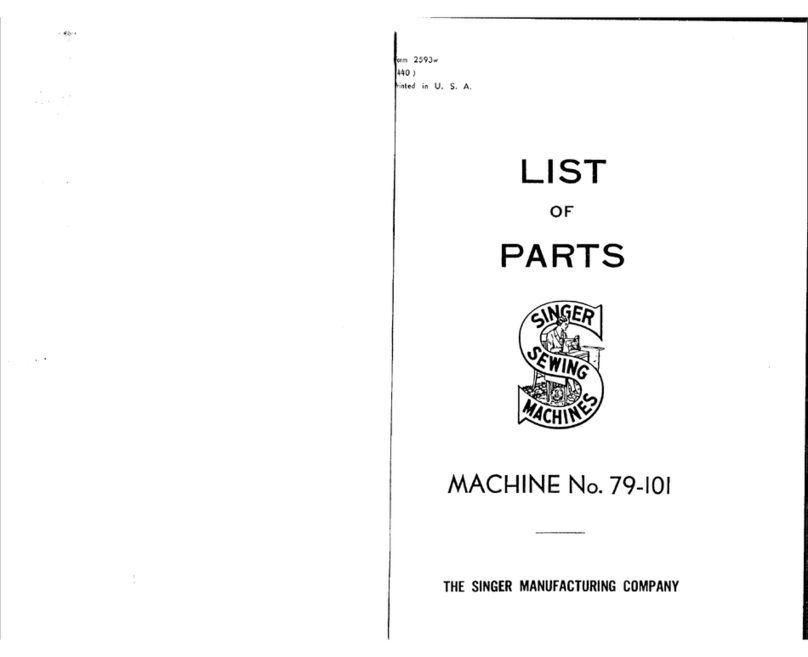
Singer
Singer 79-101 User manual
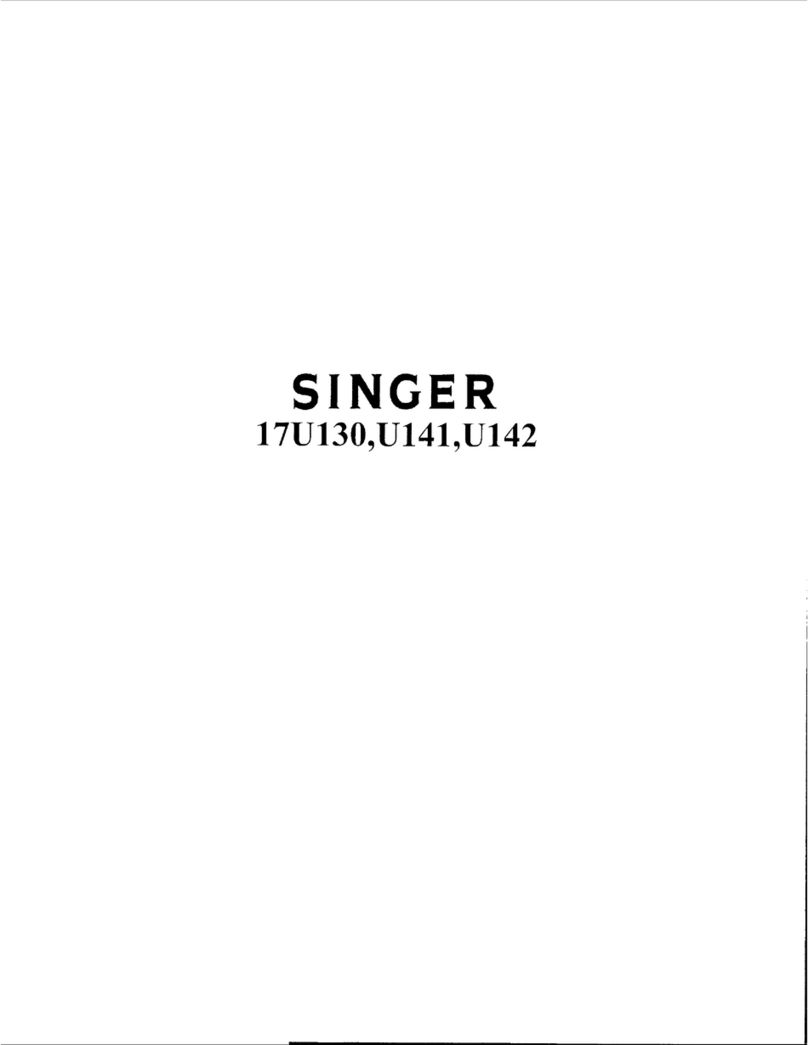
Singer
Singer 17U130 Manual

Singer
Singer Futura CE-250 User manual
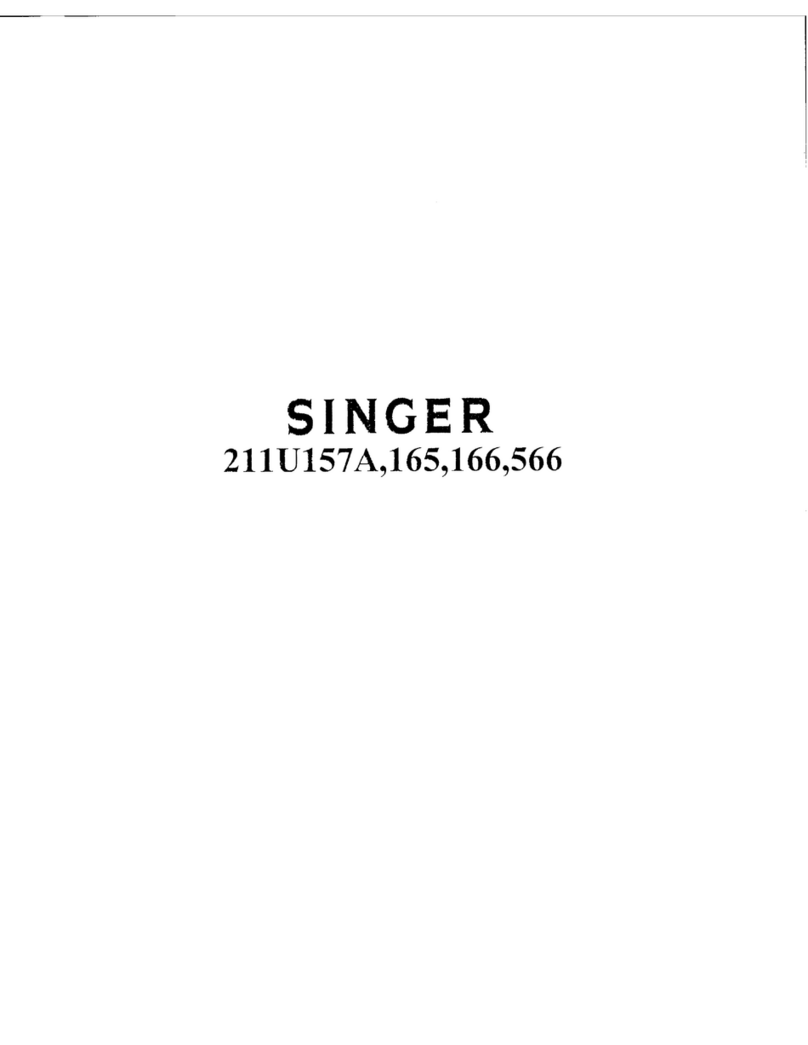
Singer
Singer 211U157A User manual

Singer
Singer Golden Touch & Sew 620 User manual
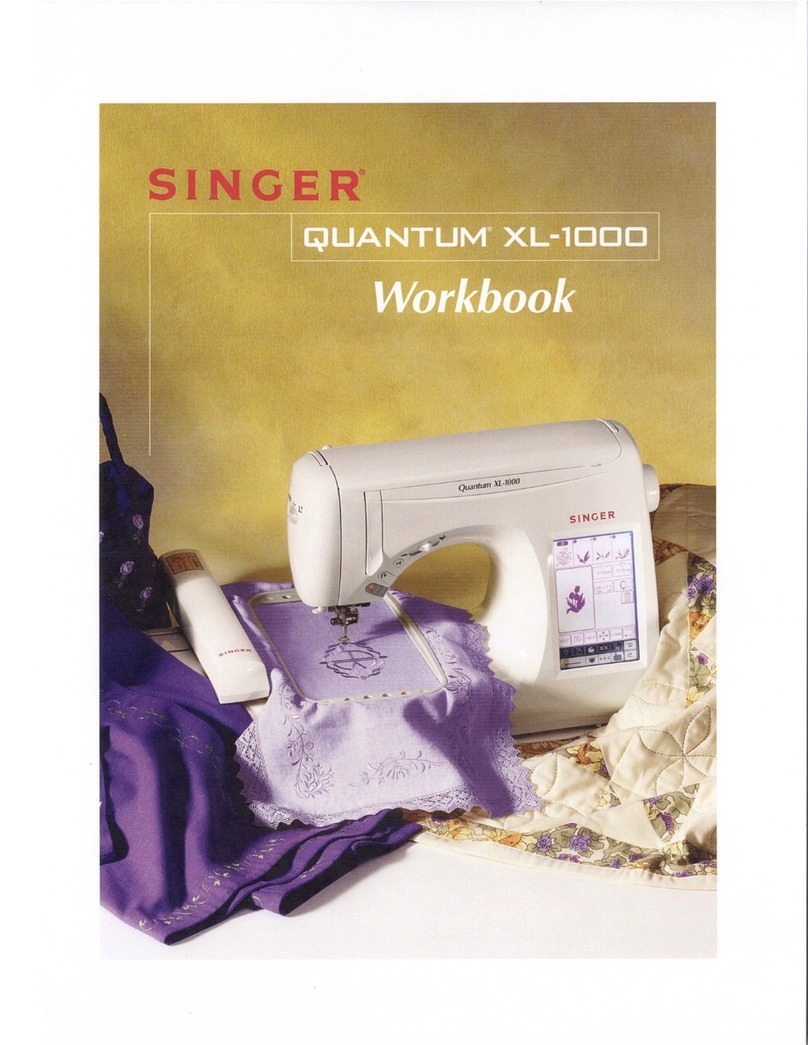
Singer
Singer XL-1000 Setup guide
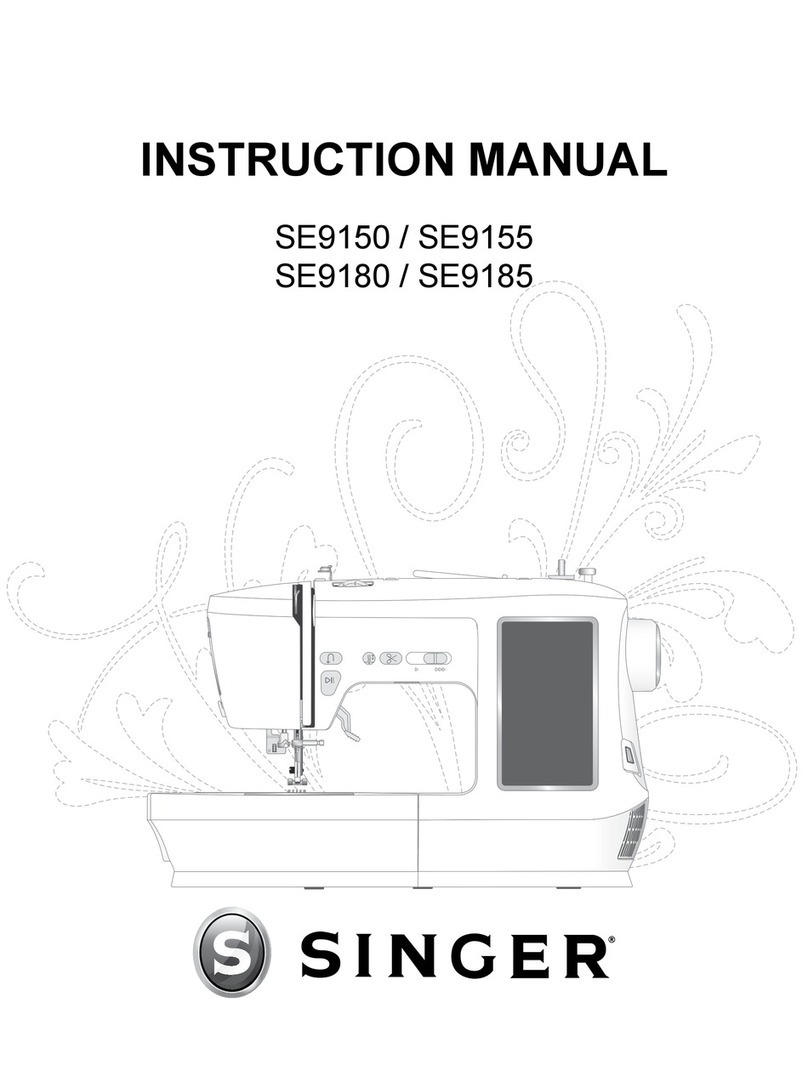
Singer
Singer SE9150 User manual
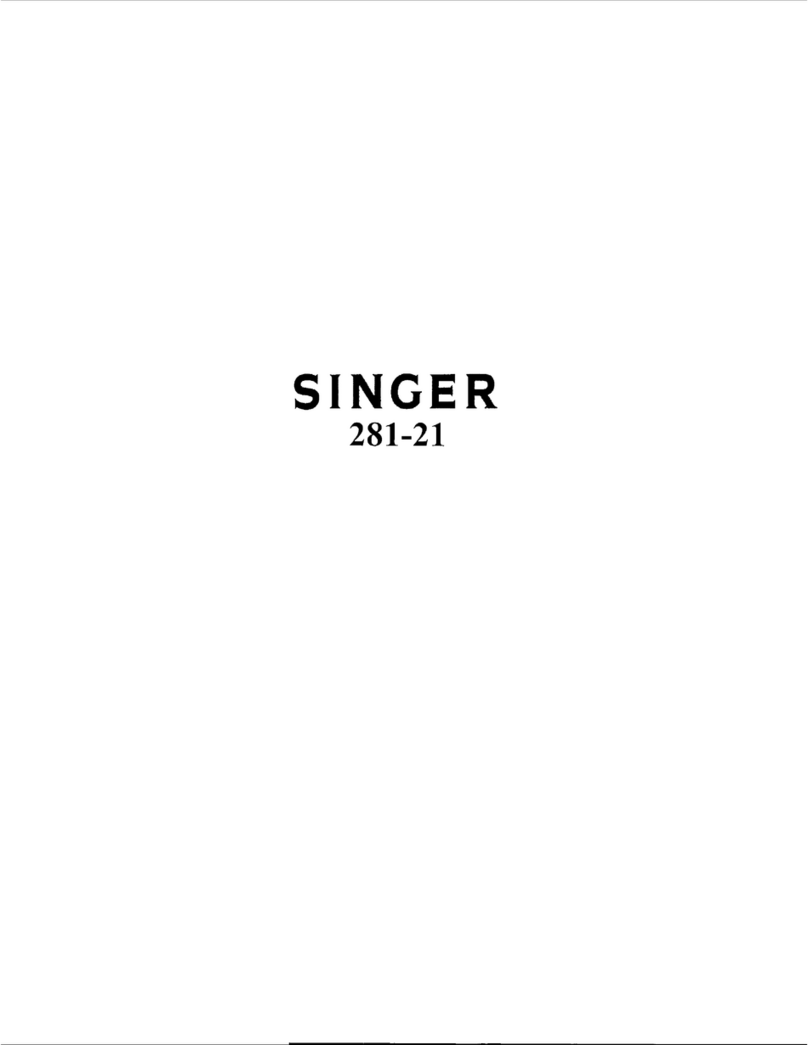
Singer
Singer 281-21 User manual
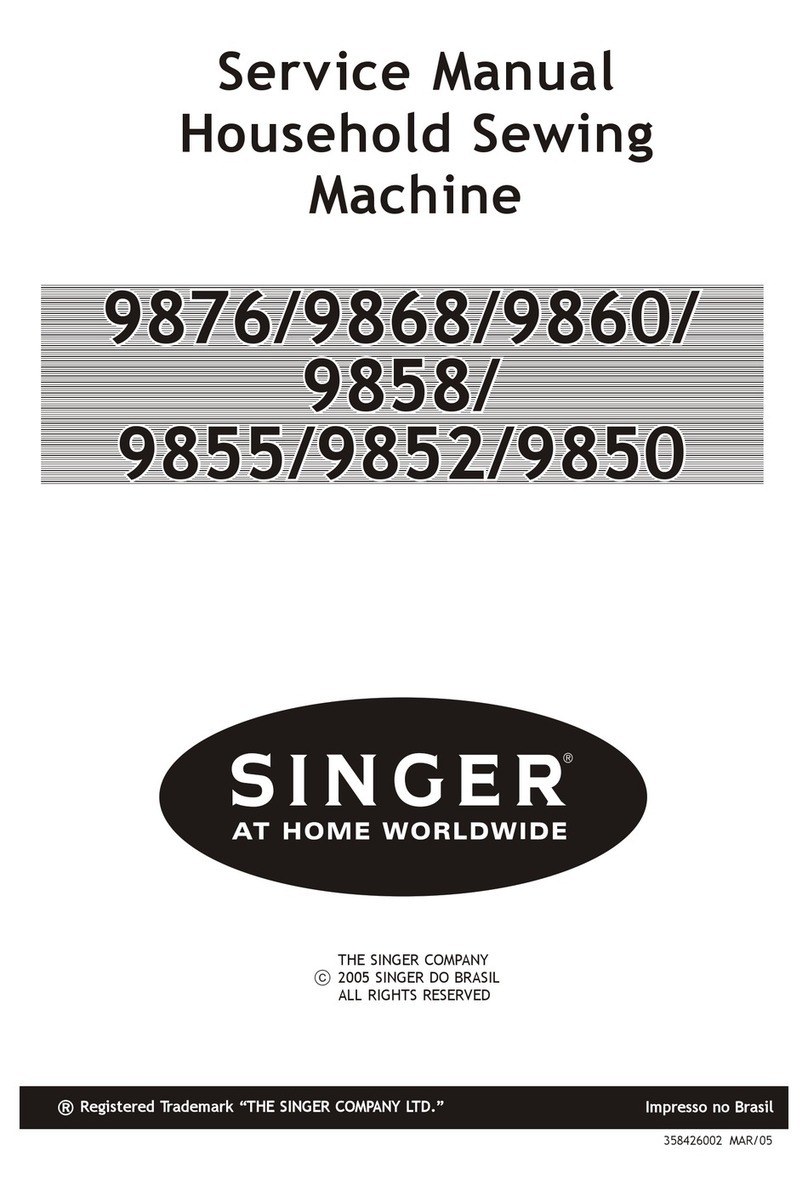
Singer
Singer 9876 User manual
